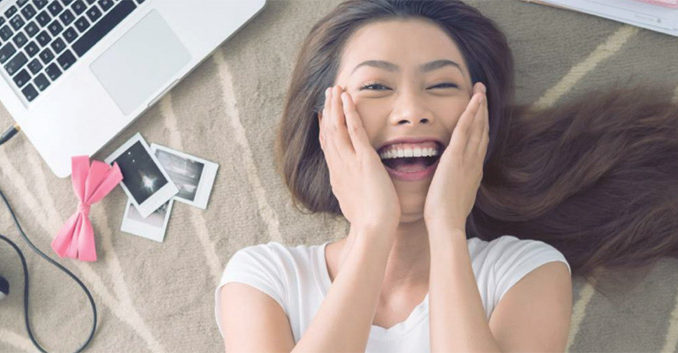
THE MULTI-BILLION dollar beauty industry has increasingly shifted to digital as social media became a way of marketing products, a trend that has also come to Southeast Asia, according to a media intelligence firm.
“It’s not a stretch to say that Instagram and YouTube have become key marketing and sales channels,” Oslo-founded Meltwater said in a July report.
The firm tracked social media conversation from July to December 2018 in four Southeast Asian countries — Singapore, Indonesia, Malaysia and the Philippines — to “shed light on the most trending product categories.”
The report noted that while three beauty conglomerates (Estée Lauder Companies, Unilever, and L’Oréal) dominate “nearly 39% and 49% of the market in the mass and premium categories” in the region, online buzz is focused on Japanese beauty products (J-Beauty) as it accounts for 58.7% online, effectively dethroning Korean beauty (K-Beauty) in social media which only accounts for 21.9% of online conversations. Chinese beauty is at 19.4%.
“This is a departure from the last decade when K-Beauty successfully cracked the global beauty market,” it said.
“Much of this growth can be attributed to the rise in foreign tourists [going] to Japan and consequent exposure of popular products through social media,” it added.
In 2018, the Japan National Tourism Organization (JNTO) recorded 31.2 million foreign tourist arrivals. The Philippines is its the 8th largest market with 504,000 arrivals. The largest market is China with 8.4 million arrivals.
In response to the trend, Japanese brand Shiseido launched a new skin brand, Waso, highlighting local Japanese ingredients such as soybean and white jelly mushroom.
Meltwater noted that among beauty products, lip products remain the most popular category on social media with 49.2% of the conversation dedicated to lip products, followed by face products at 26.3%, eye products at 23.5%, and cheek products at 1%.
“It’s safe to conclude that Southeast Asian consumers consider lipstick the most important beauty product to achieve their desired look,” the report said.
BEAUTY BLOGGERS AND ONLINE TUTORIALS
The monitoring company revealed that Instagram, a photo and video-sharing social networking site owned by Facebook, is the most popular channel of choice for “talent-led collaborations” between brands and bloggers/influencers.
In the Philippines, 78.7% of influencers are on Instagram while only 19.7% are on Twitter and 1.6% are on YouTube.
In comparison, 94.6% of Singaporean influencers are on Instagram, 4.7% have Twitter accounts, and 0.7% have YouTube accounts.
“Across Southeast Asia, consumers are expanding the use of social media beyond Facebook by embracing visual ways of expressing themselves,” Meltwater said.
The power of the beauty influencer has grown to a degree where they have “overtaken celebrities as the top choice for beauty brand endorsements and commercial collaboration,” the company said, explaining that “big celebrities just aren’t relatable to people anymore.” — Zsarlene B. Chua
